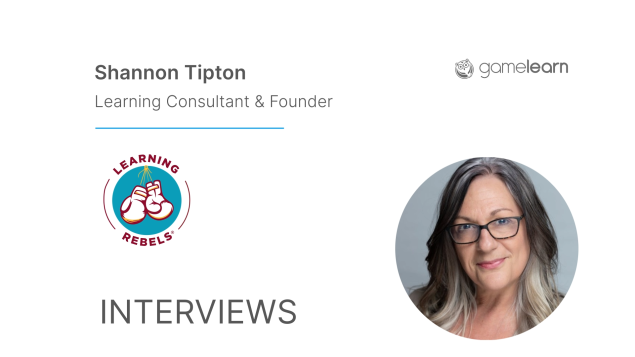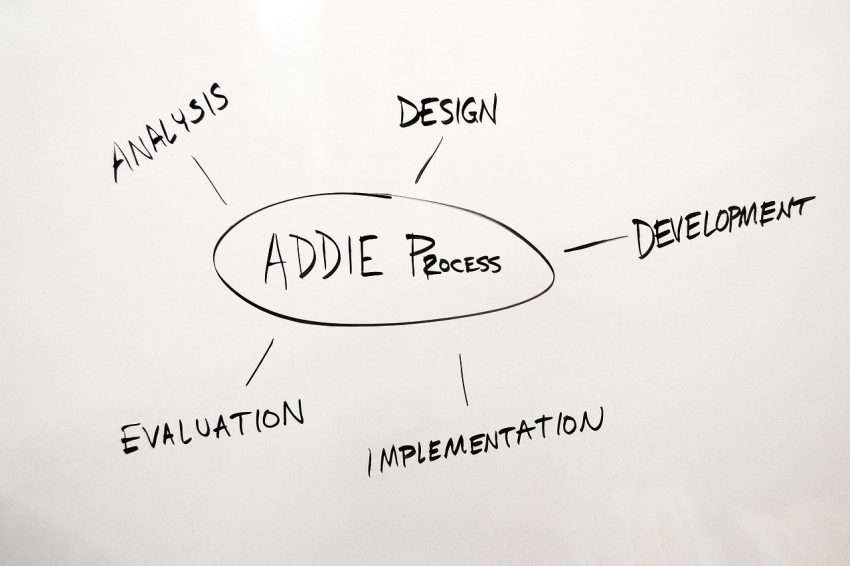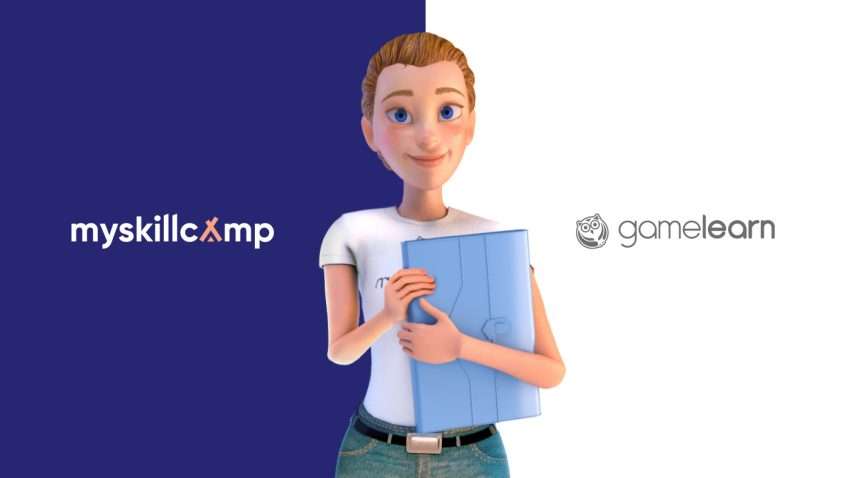Shannon Tipton founded the consulting firm Learning Rebels LLC in 2014, and since then, her company has been committed to helping organizations make their training stickier and more engaging. She has been involved in L&D and online learning for over 30 years. “It’s not too terribly different than creating engagement within any other kind of learning, and that’s following basic learning science—ensuring that the learning is relevant to people,” she points out.
Gamelearn and the companies that use its solutions face a lot of the same challenges that Shannon and her clients do. That’s why it’s so interesting to talk to a professional like her and get her thoughts on some key issues related to corporate training and talent development.
Q: What does “relevant learning” mean for you in a corporate environment?
A: We can get into the basics of design. In online learning, it’s not simply uploading a PowerPoint deck. There’s more to it than that. Nobody wants to mindlessly click “Next.” That’s mind-numbing. People do want to see progression. So how are we creating elements that help them think their way through a problem? And how does that problem relate to what they experience every day?
I think when we create online learning elements, it’s about really understanding where people are and what they do. You should ask yourself who your target audience is, what they do every day, what their struggle every day is, and what barriers they have with the training you’re putting in front of them.
Solid instructional design is about helping those people think and put the logical pieces together in their heads—and understanding where the learners are coming from. So again, the basics aside, it really is about the learning process itself and making that engaging for people.
Q: Should all you’ve mentioned affect a company’s culture?
A: Culture in itself refers to what people are doing on a daily basis without thinking. It’s a habit. Organizations work with ecosystems that become layers upon layers of different habits, and that’s what generates a culture. So if you want to create a culture of learning, it’s really about nurturing the learning environments you already have.
Deloitte produced a report not too long ago that said 46% of businesses that sustain and encourage a culture of learning are typically first to market. So these are mature organizations that know the importance of creating that culture of learning. That also means that they are 37% more productive, 90% more innovative, and that they lose fewer employees because those employees know their organizations are investing in them. There’s the crux.

Q: How do we get to be a “mature organization”?
A: Well, there are different paths to success. First, it’s realizing that L&D does not own the learning culture within an organization. That’s not all about us. We can help sustain it. We can help nurture it. We can help grow it. But building it is not about learning and development, it’s about leadership, it’s about managers. So that means having frontline managers onboard because frontline managers will be your barrier when it comes to making more money today or letting people study and train for tomorrow.
So how do we make it more palatable to frontline managers and how can we build it into their practices? When it becomes habit, and this is where we need to tackle that. So there are three things that we can do.
At this point, we can be more accepting of learning from failure. That’s not to say that it’s okay for people to fail and that’s all. It’s better when people fail with a certain level of accountability. If they fail, what’s the accountability measure? What is the process for looking back and saying, this is what we’ve learned from it? That’s the part that counts. It’s taking that failure, picking it apart, saying, “What did we learn?” And how are we going to make sure that we don’t do that again?
Q: What would be the next steps?
A: The next bit of this is really ensuring that we encourage collaboration across departments, even within teams. There are certain organizations that are very competitive in nature, and what happens is that people become siloed off and they don’t share. Therefore, they don’t learn from each other, so it’s this domino effect. We want to break that habit and we should help managers build not only a culture of learning but a culture of collaboration, creativity, and innovation. Because all of those things lead to learning within the workplace.
Q: Could you illustrate how this collaborative learning culture works?
A: Busting out of these silos and helping people have a place where they can safely share in is the way. A lot of organizations now have Teams or Slack or some other sort of collaborative space. I would encourage them to take greater care of those spaces, not just for communicating projects, but for communicating learning. For example, if you have Teams, do you have a channel where you’re sharing new information, where you’re sharing articles, where you’re sharing evidence-based practices? What are you doing within those spaces to help people come together?
Finally, it’s necessary to encourage more curiosity, because without curiosity, we’re not learning. If we’re not encouraging people to dig deeper into the whys of certain things, then there’s nothing to share. Curiosity, for me, underpins all of this. For instance, let’s say you found this article about negotiation skills, well, why did you find this article important? What were the key tips? How can we use this within our teams? What are your next steps? Where can we share this article so other people can find it?
It’s all about providing people with a safe place to fail, then we couple that with encouraging them to collaborate and breaking them out of their silos. When we underpin this with curiosity elements and encourage managers to take the time to have these conversations with their teams, then what happens is the roots of a learning culture start to take effect.
Q: Gamelearn’s serious games definitely play to your first point, learning from failure, since they are basically simulations of real-life situations. Do you think training video games are a good environment for people to fail safely and learn different skills, as you recommend?
A: Absolutely. I think that’s what good games do. It’s all about storytelling. Every game tells a story, and I think if you can marry these concepts, then you’ve got something. You marry the concept of the hero’s journey to what people do every day, and you make that game relevant to them. You have that engagement factor built in and then it becomes interesting. It’s about having people being compelled to continue and having them have an interest in what’s going to happen next. What is it that I’m going to learn next? The game environment allows them to have that exploration of those feelings as they go through the game’s learning experience.
I think in the past you could put those two things into very different buckets, but now they are coming together. They’re almost intertwined to where you can’t tell one from the other. With all of the tools we have around us today, instructional designers should be thinking about the end user’s overall experience going through whatever program they are creating, be it a live program, an online program, or a gamified solution.
They should be creating designs that incorporate the overall learning experience. Human-centered design really is what we should be doing and what many instructional designers already are. And when you put the human in the center, that automatically helps you think about what the overall experience is. The future of learning development is being tied to the business, and it always should have been tied to the business.
At the end of the day, if you’re not in line with the business’s goals, then you’re going to go away. So to me, that’s the future: making sure we have the business as our North Star and really becoming acquainted with the tools that are out there to take us to the next level.





